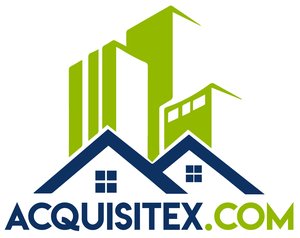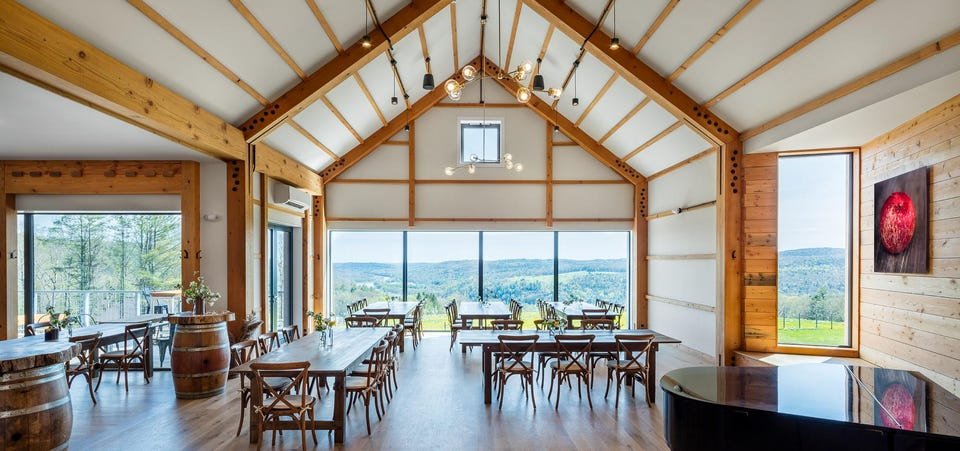
When people think of passive houses, they usually think of the famous ones in Germany. This blog post delves into how the design is spreading to upstate New York, and how it’s being embraced by architects who live in the region.
What is Passive House Design?
Passive house design is a comprehensive building envelope approach that relies on the Passive House standard to achieve ultra-low energy consumption. The key components of passive house design are an extremely well-insulated and airtight building envelope, high-performance windows, and a ventilation system with a heat recovery ventilator.
When these three components are combined, they create a building that uses very little energy for heating and cooling, allowing occupants to live in comfortable conditions while using a fraction of the energy of a conventional home. In fact, Passive House buildings can use up to 90% less energy than homes built to code.
The benefits of Passive House design don’t stop at lower energy bills. These buildings also have excellent indoor air quality thanks to the fresh air ventilation system, which brings in filtered fresh air while exhausting stale air. This helps to reduce or eliminate many common indoor pollutants, creating a healthier environment for occupants.
Finally, because Passive House buildings use so little energy, they have a much smaller carbon footprint than traditional buildings. This is good news for the environment and helps to combat climate change.
Upstate New York as a Campaign for Passive House Design
In recent years, Upstate New York has seen a resurgence in popularity as a place to live and work. The region has become known for its beautiful scenery, its friendly people, and its abundance of amenities. One of the most appealing aspects of Upstate New York is its climate; the region experiences all four seasons, which makes it an ideal place to live for people who enjoy the outdoors.
The region’s climate also makes it an ideal place to test and implement energy-efficient design strategies, such as passive house design. Passive house design is a construction method that focuses on minimizing the amount of heat loss or gain in a building. This is accomplished through the use of highly insulated walls and ceilings, as well as windows and doors that are specially designed to minimize heat loss.
Passive house design has been proven to be an effective way to reduce energy consumption in buildings, and Upstate New York is quickly becoming a bastion for this type of construction. In fact, many of the region’s leading architects and builders are now incorporating passive house techniques into their projects. As more people become aware of the benefits of passive house design, it is likely that this trend will continue to grow in popularity in Upstate New York.
Benefits of Passive House Designs
Passive House designs have a number of benefits that make them ideal for Upstate New York. First, they are extremely energy efficient, meaning that they will save homeowners money on their energy bills. Additionally, Passive House designs are very comfortable and quiet, creating a peaceful living environment. Finally, Passive House designs are durable and low-maintenance, meaning that they will require less upkeep over time.
Conclusion
Passive House is a rapidly-growing movement in the United States, and Upstate New York is quickly becoming a hub for Passive House design. With its abundance of natural resources and its commitment to sustainability, Upstate New York is the perfect place to experiment with this energy-efficient building style. If you’re interested in learning more about Passive House or designing your own Passive House, be sure to check out some of the resources below.



